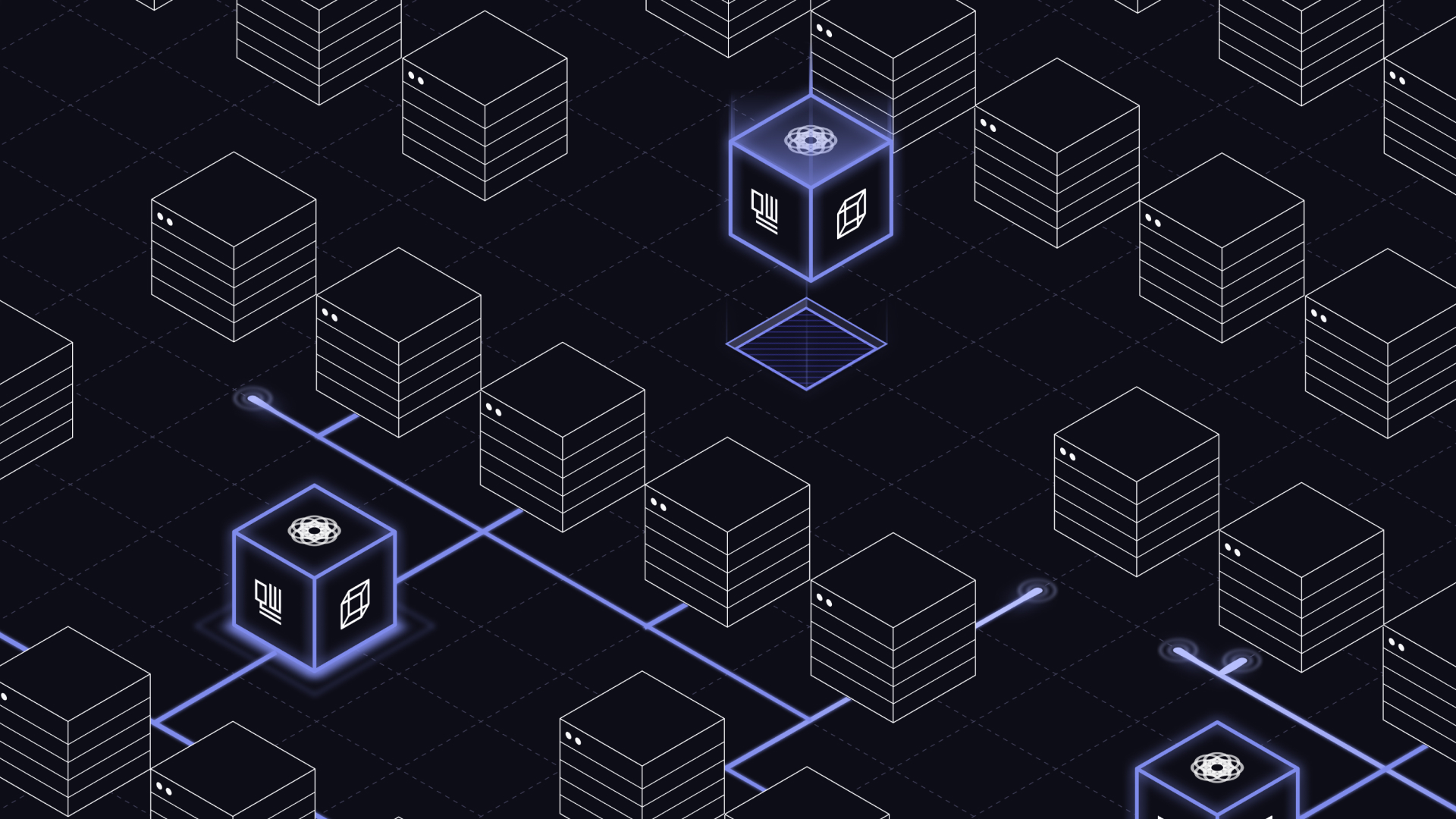For quantum computing, quantum firmware is as essential as cloud security software - and should be trusted to experts

The utility of quantum control in improving the error-robustness of quantum computing hardware and logic operations is validated experimentally in every leading technology. And we know these capabilities expand the quantum volume of hardware and enable us to do much more with the same hardware.
Now the community faces the challenge and opportunity of efficiently integrating quantum firmware into their developing quantum computing stacks.
The choice is simple - buy or build. Almost everyone already uses the fundamental capabilities afforded by quantum control; DRAG is ubiquitous in superconducting processors and everyone knows about the spin echo. So why not build on that foundation internally?
Let’s answer by analogy - lots of us are familiar with antivirus software and basic network security. It works great and we’re happy with it! So why not just build out a complete, complex cloud security software suite on our own?
The answer is pretty obvious.
Professionally engineered quantum control software, and integrated quantum firmware solutions, will become as important and ubiquitous in the emerging quantum computing industry as dedicated security software is to modern cloud computing. Trusting specialist, expert teams to deliver provides the best value in the short term and long run.
For instance, many academic teams have resorted to writing their own specialized code or hacking existing software packages derived from other fields such as NMR. This approach is cost-inefficient, leads to inconsistent results between teams, fails to deliver on the most up-to-date knowledge from research community, and has substantial negative consequences as students and staff inevitably move on from current roles.
Entrusting the development of quantum firmware to specialist partners is in no way a statement of scientific capability - it’s entirely pragmatic. Moving past the do-it-yourself ethos that is so common in experimental physics is a necessity as we try to scale the quantum computing industry.
The benefits (beyond functionality) are clear: Usability, Risk Mitigation and Business Continuity, and Up-to-the-Minute Performance
First, users with limited expertise in the research discipline of quantum control must be able to use new tools to apply and integrate quantum control techniques into their quantum computing research. As we all know, focusing on usability and architecture is rarely a concern for internally developed ``grad-student’’ code. Being a specialist professional software engineering company, Q-CTRL prioritizes user experience and accessibility. We build in advanced features in a user-friendly workflow and constantly iterate to improve the performance and usability of our products.
Next, businesses face major operational risks when taking on major new tasks internally. Aside from quality, businesses generally continue major development projects long beyond the tenure of a single staff member. Choosing professionally engineered, documented, and maintained software ensures business continuity even when staff move on. Q-CTRL manages compatibility, maintains documentation, and ensures that you never have to search through old laptops for source code.
Finally, the field of quantum control is moving rapidly with new capabilities emerging continually. Bearing internal responsibility for surveying the field, creating new techniques, and building internal products is an unnecessary burden. Q-CTRL has adopted a modern cloud-compute architecture with capabilities delivered through an API which is integrated directly into a Python SDK. This means that your team will always have up-to-the-minute access to the latest capabilities - even capabilities they haven’t yet heard of. Moreover, by leveraging parallel computing in the cloud and adaptive resourcing you always get the best performance without the need to manage your own cloud-compute infrastructure (even if you choose for an on-premises installation!)
The software industry has mastered efficient practices for the integration of new capabilities and third-party resources into products. Q-CTRL now offers mission-critical quantum firmware as modern, efficient, professionally engineered software.
So, the question is really, why would you try to do this on your own?



